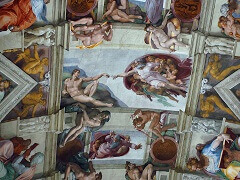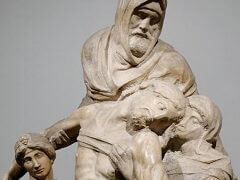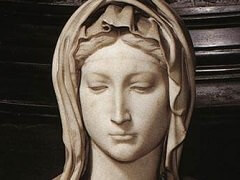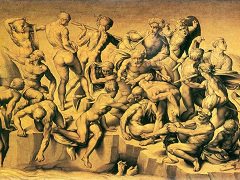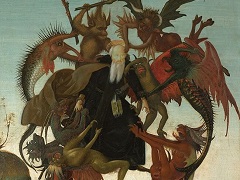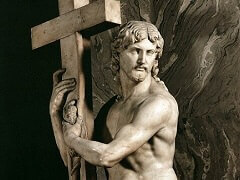Lorenzo de Medici, Duke of Urbino, by Michelangelo
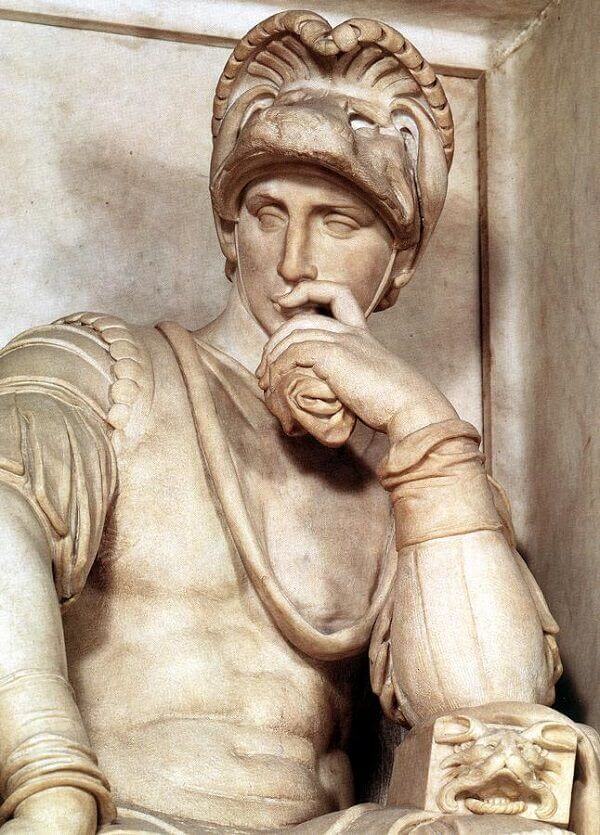
The statue of Lorenzo de Medici is the central figure on the tomb erected to the memory of this prince. He was the rather unworthy namesake of his illustrious grandfather, who was known as
Lorenzo the Magnificent. The Medici family was for many generations the richest and most powerful in Florence. They were originally merchants, and, as the name signifies, physicians, and,
accumulating great wealth, they became powerful leaders, and really the rulers of the republic.
Some of them were munificent patrons of art and literature. There was one named Cosimo, who did so much to make his city famous that he was called Pater Patriae, the father of the country
His grandson Lorenzo won the title of the Magnificent for his lavish generosity and superb plans for the advancement of art and learning. So much power could not safely be in the hands of a
single family. The Medici, from being benefactors, finally became tyrants.
The Lorenzo of this statue was one of the more insignificant members of the family. In 1518 Leo united him in marriage to a French princess, and their daughter was the afterwards celebrated
Catharine de' Medici, queen of the French king, Henry II. These are the main facts in the life of a man who is remembered only because he had illustrious ancestors, a famous daughter, and a superb tomb.
It mattered nothing to Michelangelo that he had so poor a subject for a statue. It is supposed that he made no attempt at correct portraiture in the figure. The insignificant Lorenzo was
transformed by the magic of his genius into a hero.
He wears a suit of Roman armor, in accordance with his career as a general in the wars with the Duke of Urbino, whose title he took. His helmet is pulled well forward over the brow, the head is
bent, the cheek rests upon the left hand, the elbow supported on a casket placed on the knee. With finger laid thoughtfully upon the lips, he is thinking intently. The right hand rests, palm
out, against the knee in a characteristic position of inaction.
His mood is not that of a dreamer lost to his present surroundings. Rather he seems to be keenly aware of what is going on; his meditations have to do with the present. It is as if, having given
an order, he awaits its execution, his mind still intent upon his purposes, satisfied with his decision, and calmly expectant of its success.


